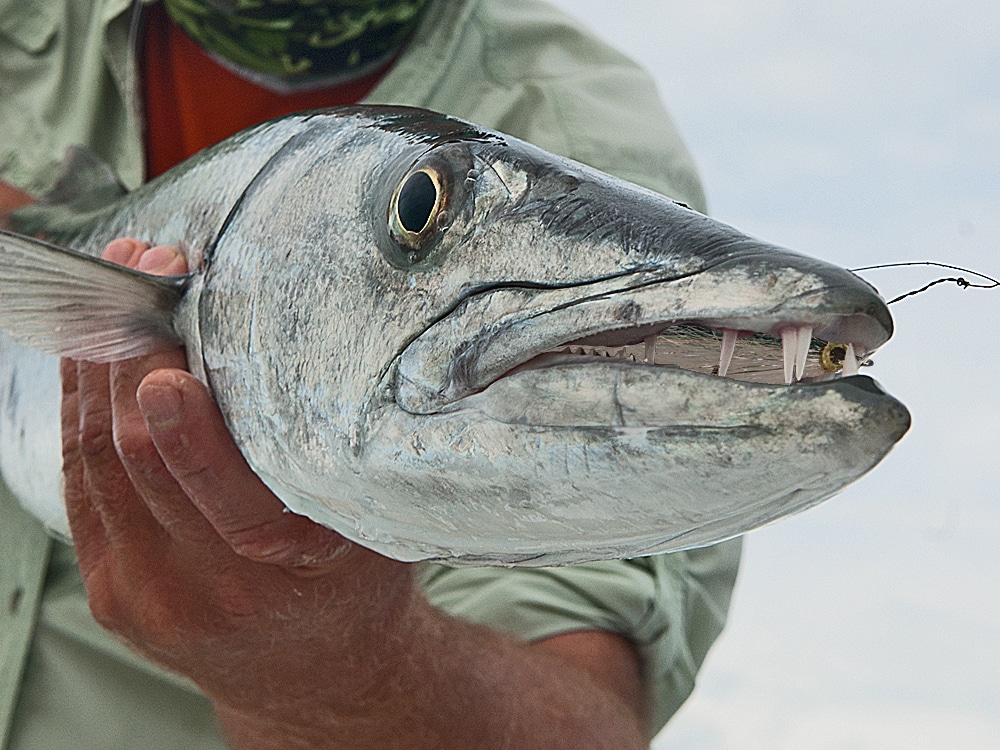
Fly-fishing for toothy critters comes with a disclaimer: Spanish mackerel, kingfish, barracuda, bluefish and sharks readily eat flies, but they don’t always give them back. And even when they do, what you get back is usually an undressed or badly damaged version. So you are going to need a pile o’ flies, unless you take a few precautions.
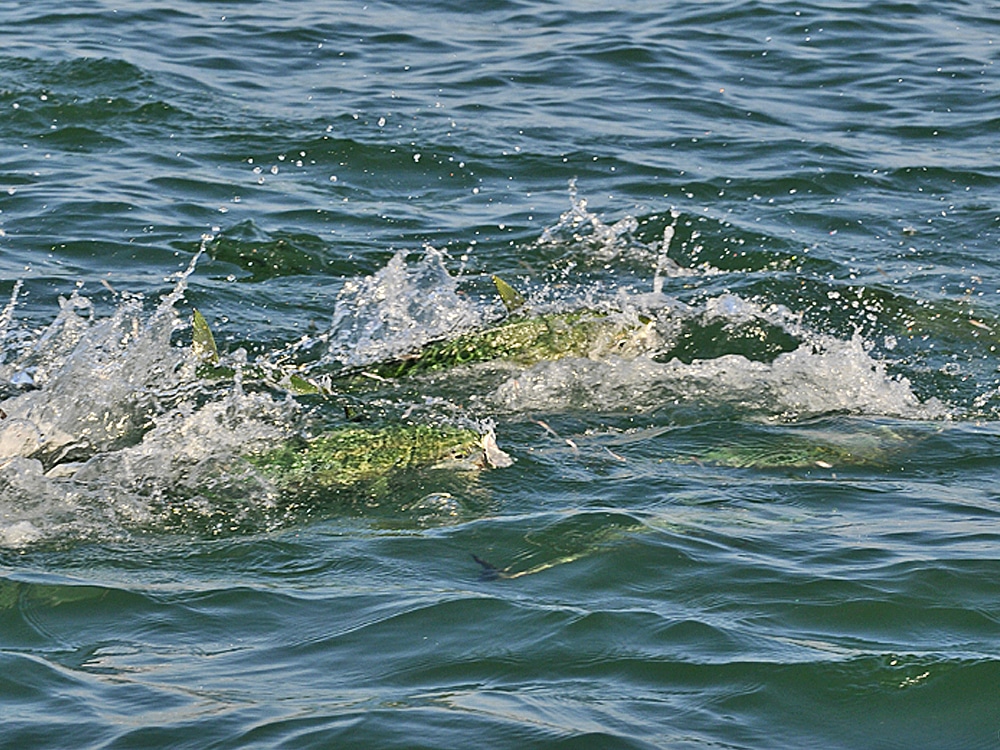
Toothy Fish Essentials
For starters, always tie your fly to a bite tippet of either heavy mono or wire. Also, have some gloves and long-nosed pliers handy. And just in case you get careless in the heat of a hot bite, carry a few Band-aids as well. Of course, you’ll also need flies that will stand up to those sharp chompers.
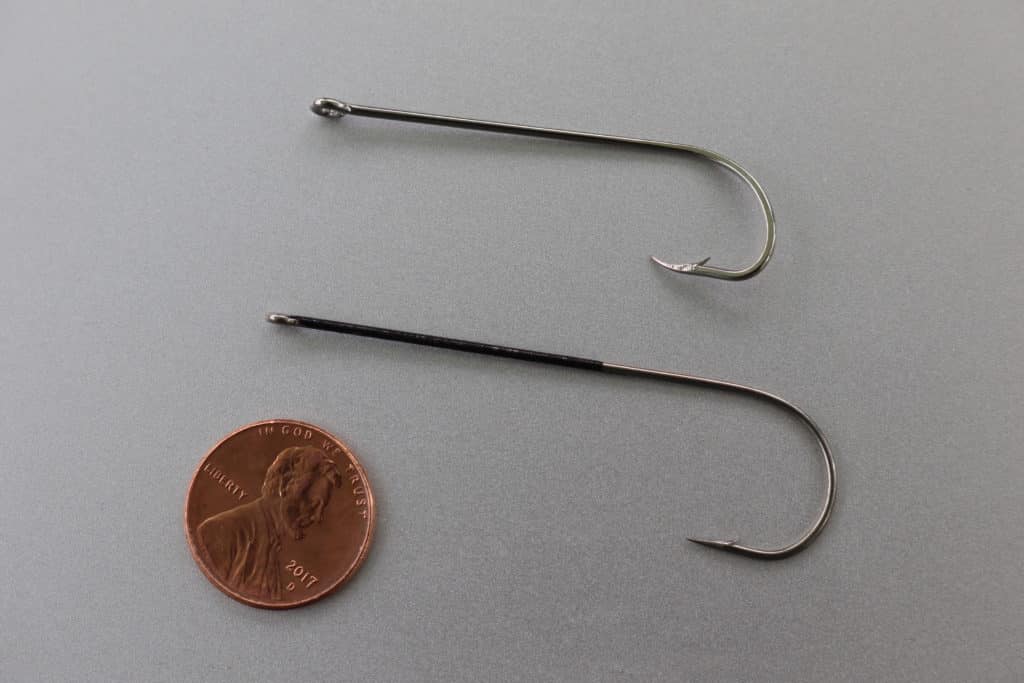
Tricks of the Trade
A good trick, whatever material you use for your flies, is tying your pattern to the rear of the hook. Better yet, tie it to the rear of a long-shank hook, which normally comes labeled 3X or 4X long. I have saved many a fly using this method when targeting both Spanish macks and bluefish on fly. Fish often target the head of the fly—which is why I always add a prominent eye, and the longer hook shank provides a bit more protection from teeth.
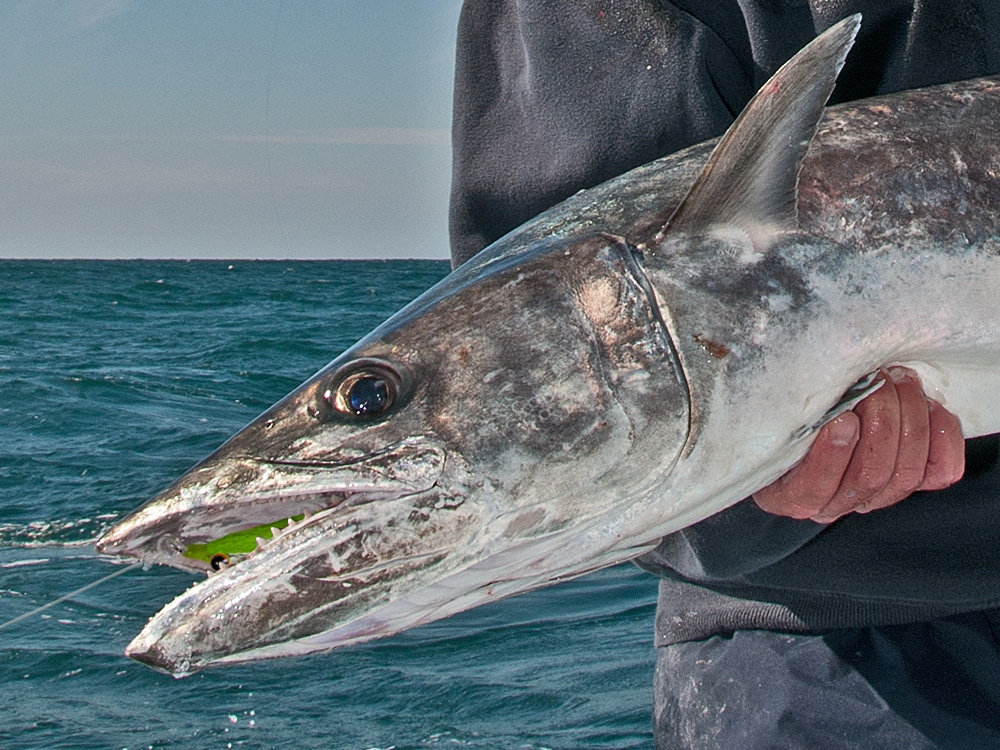
Sharp, serrated teeth are particularly tough on flies. When fish endowed with such dentures slash at a fly but miss the hook, those teeth cut away material. A hooked fish chews away some during the fight too. While targeting kingfish on fly, I’ve had a hot one attack a fly a couple times before I finally hooked it, and by the time I brought the fish boat-side, nearly all the fly wing’s material was gone. That’s also typical with other mackerels, bluefish and sharks.
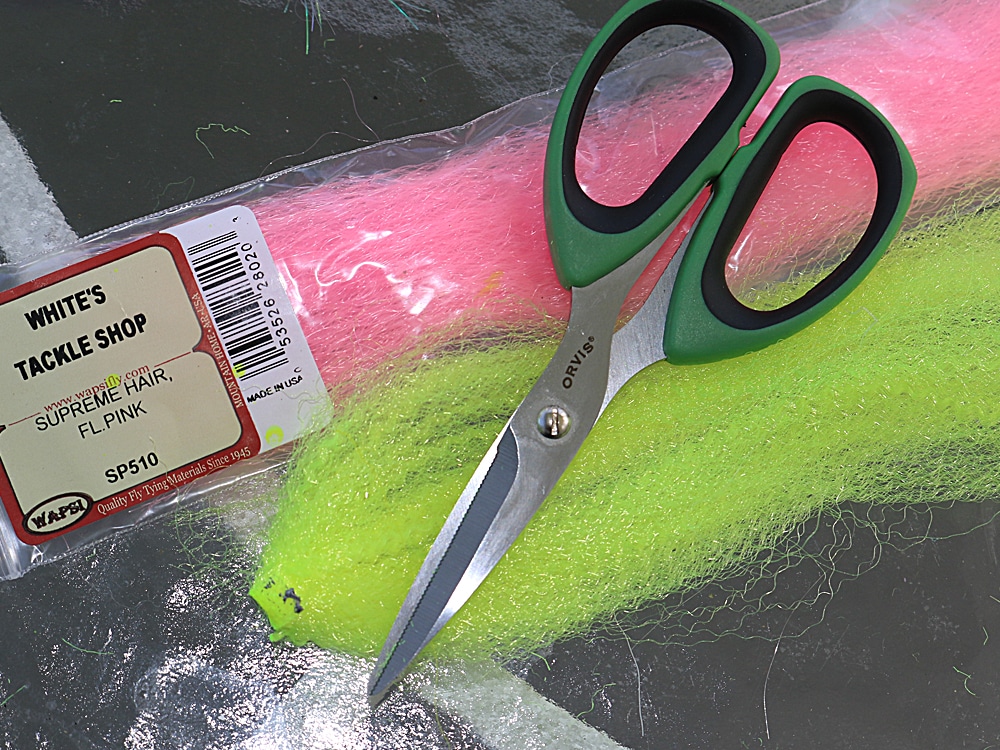
Bite-proof Materials
To keep the loss of material to a minimum, it’s best to tie or select flies with synthetic materials. My favorites are streamer tied with Ultra Hair and Super Hair, both translucent and very tough. The only drawback is that they are stiff and don’t breathe or undulate in the water as more supple, natural materials do. Other materials suitable for toothy fish include EP Fiber, H20 Slinky Fiber, and the new Faux Bucktail — from the Flymen Fishing Company — that is tapered and quite bite resistant. The makers of this fiber recommend the use of serrated scissors to trim it.
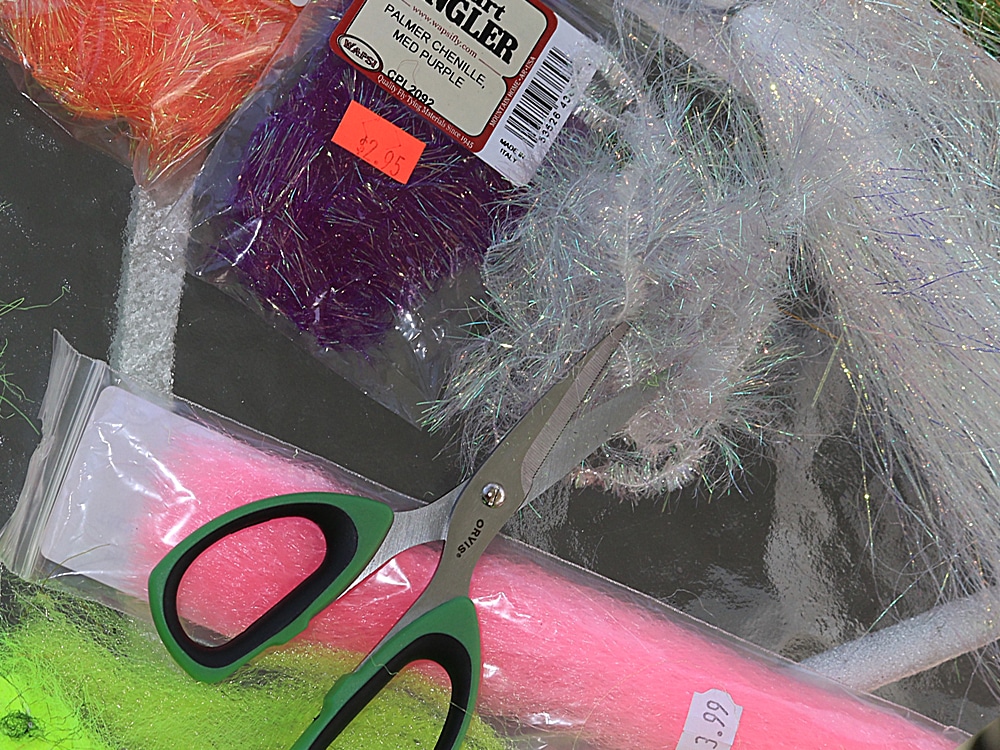
For flies that call for a palmered head, such as the classic Sea-Ducer, great replacements for palmering natural hackles are chenille, and even tougher materials like Streamer Brush made by H20 and a similar product offered by Enrico Puglisi, all of which are available in an array of colors and sizes.
When it comes to adding flash to your fly, just go with the thicker materials, such as Magnum Flashabou, also marketed as Super Flashabou. The trick to protect the strands of flash is to incorporate them into the wing material, so they’re somewhat shielded and not totally exposed to sharp teeth.

Flies for Toothy Fish
Over time, fly-tiers have developed a number of patterns that have proven both effective and particularly resilient to sharp-toothed species. Here are some of the top ones:
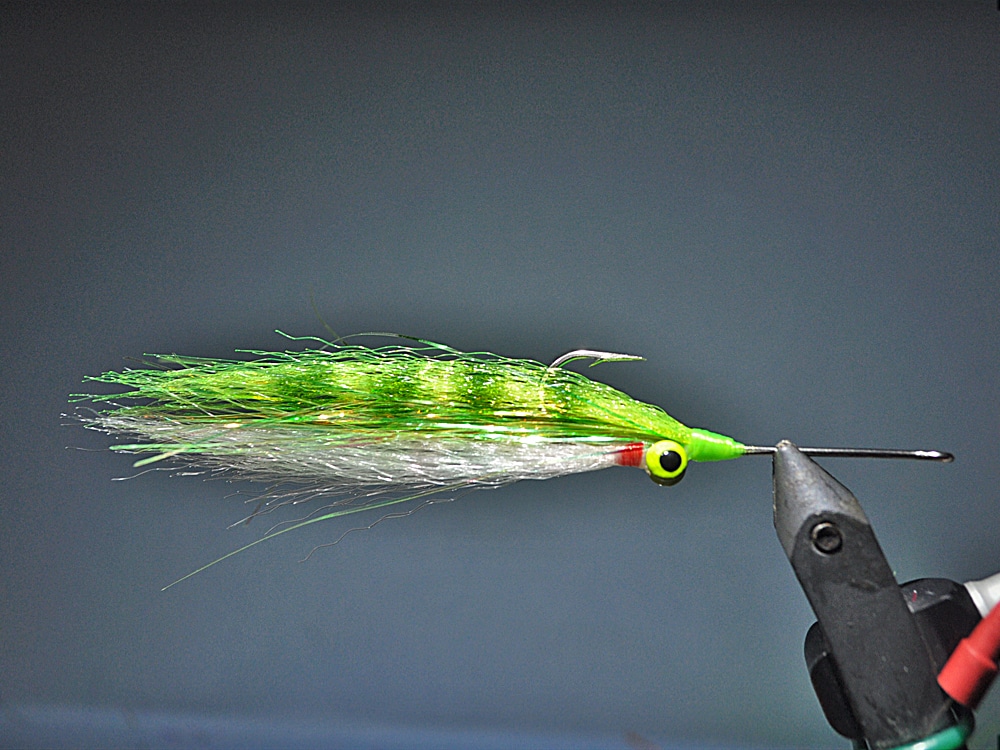
Long-shank Clouser
A must-have sinking pattern for Spanish mackerel, bluefish and, in larger sizes, king mackerel. Consider using heavy Flashabou rather than the ultra-fine Crystal Flash, which holds up much better to tooth abuse.
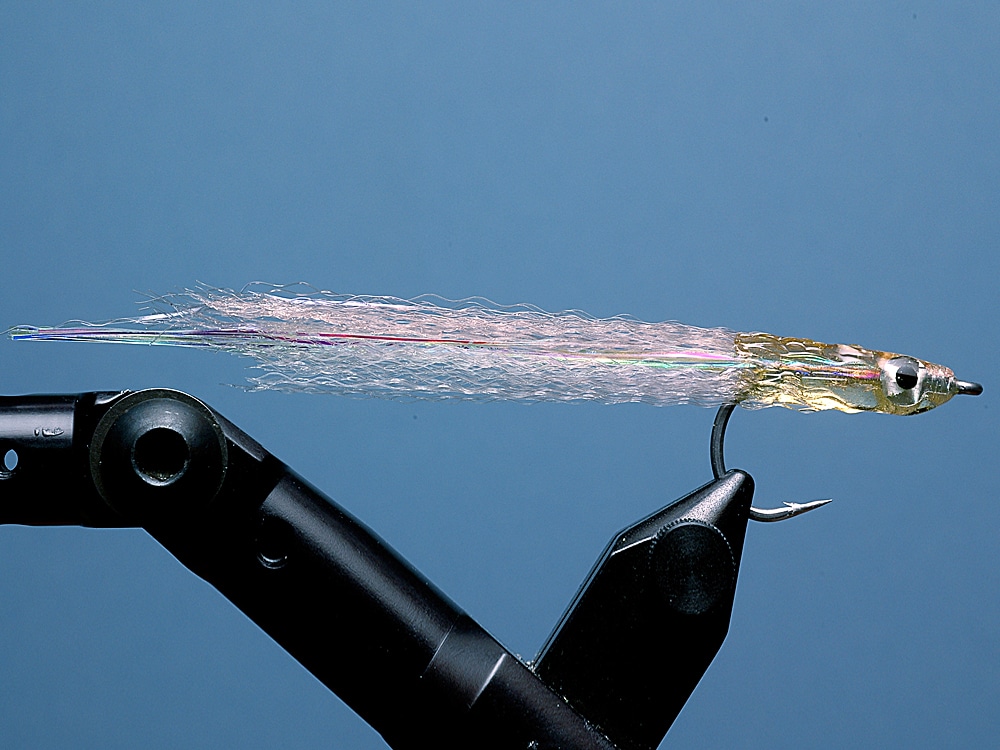
Surf Candy
This venerable pattern was created by famed Northeast fly fisher Bob Popovics. It combines an Ultrahair wing (white for belly, darker for back), a strip of Mylar, stick-on eyes, and an overlay of epoxy. Small versions are killers for false albacore, but larger versions take everything from bluefish to kings and barracuda.
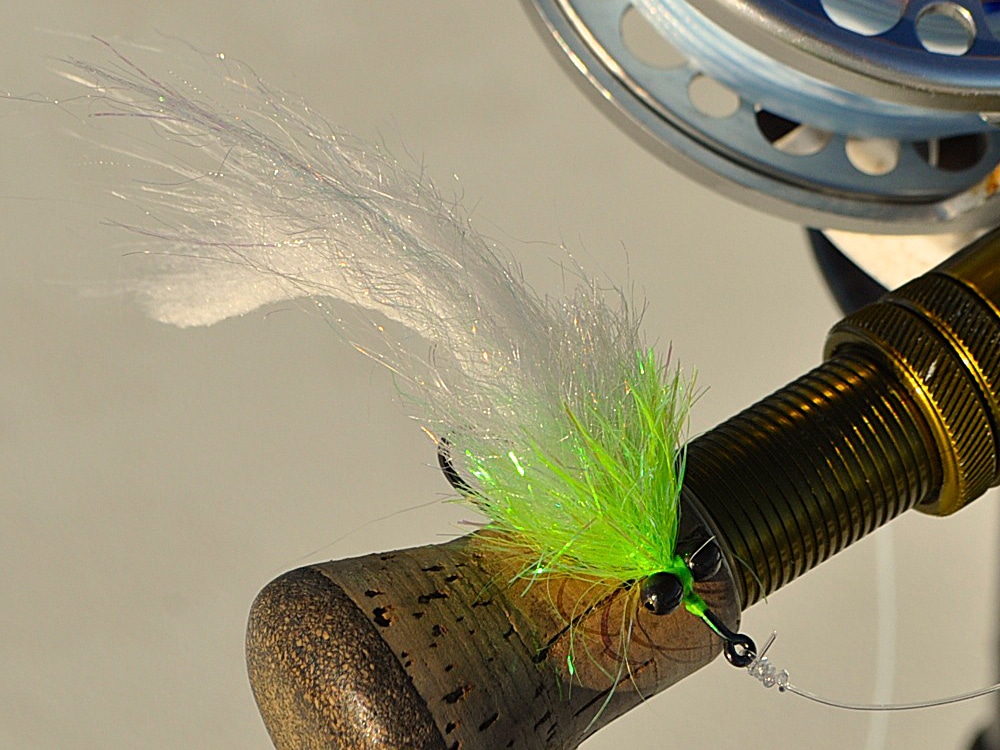
Strip Teaser
This is a great tooth-resistant alternative to the original Sea-Ducer. The tail is a strip of tough Craft Fur, and the palmered head is made of synthetic Crystal Chenille rather than the traditional hackle feathers. I really like this one for sharks in shallow water due to its slow sink rate.
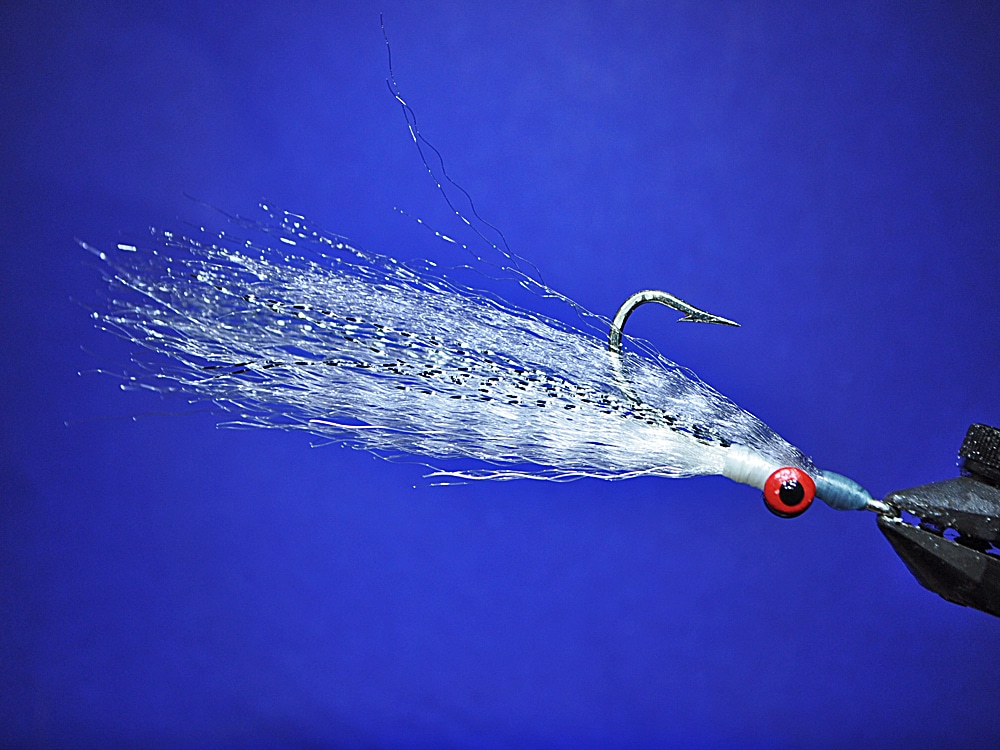
Albie Clouser
A favorite of false albacore fly-fishing fans, mostly due to translucency, when tied with Super Hair or UltraHair this pattern is a great choice for toothy fish.
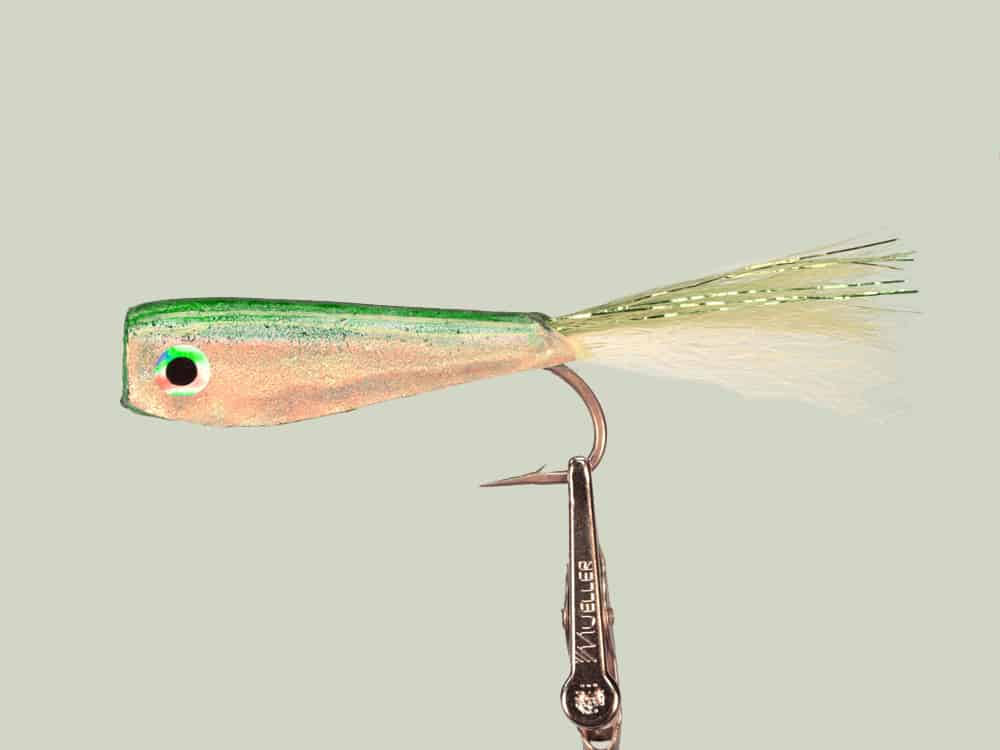
Blados Crease
This popper is a fantastic pattern that creates enough noise and splash to coax exciting surface strikes. It incorporates a short tail of synthetic fibers and a foam body that gets coated with epoxy, which enables it to withstand repeated attacks from toothy critters.
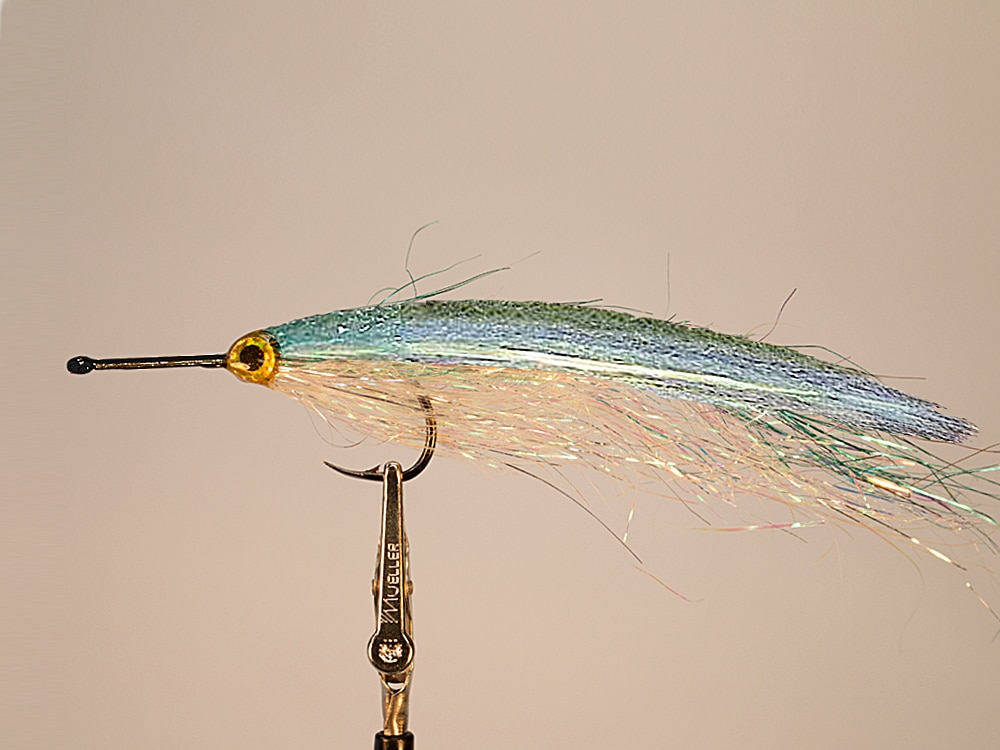
Epoxy Ballyhoo
This is one of my go-to flies for barracuda, dolphin, and big Spanish and cero mackerels. Paint the bare shank of the hook black for extra realism. That also eliminates the hook shine that often deters strikes in clear water.
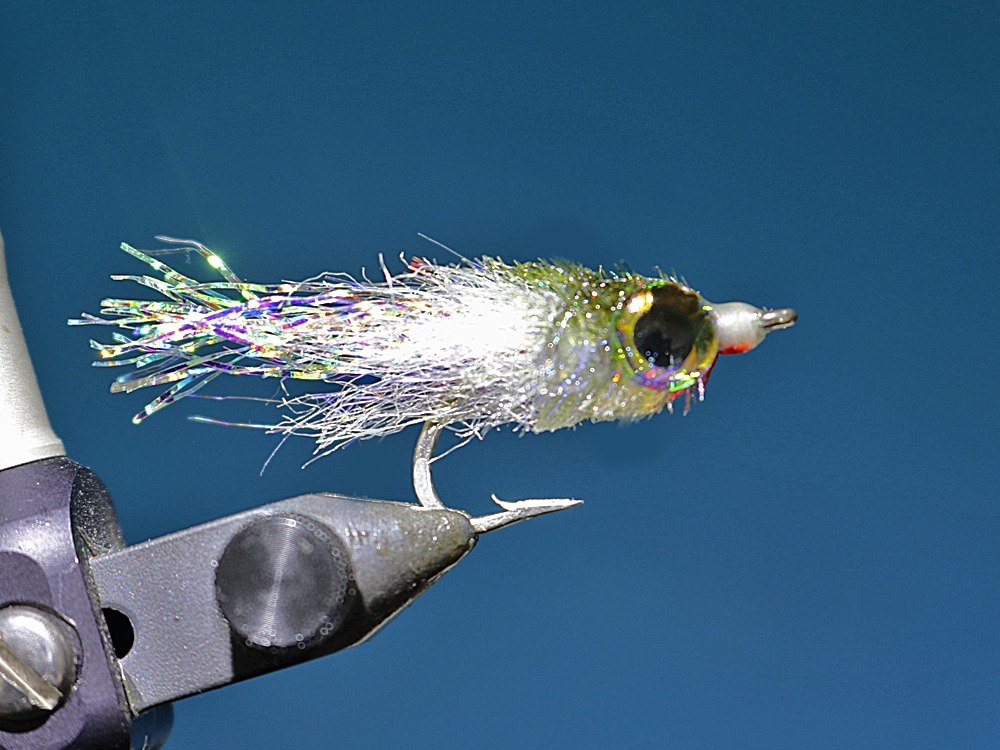
Mylar Minnow
This practically indestructible pattern is a favorite for Spanish mackerel, blues and smaller barracuda on the flats. The body is made with a Mylar tube and covered with epoxy, and it has a short synthetic tail.
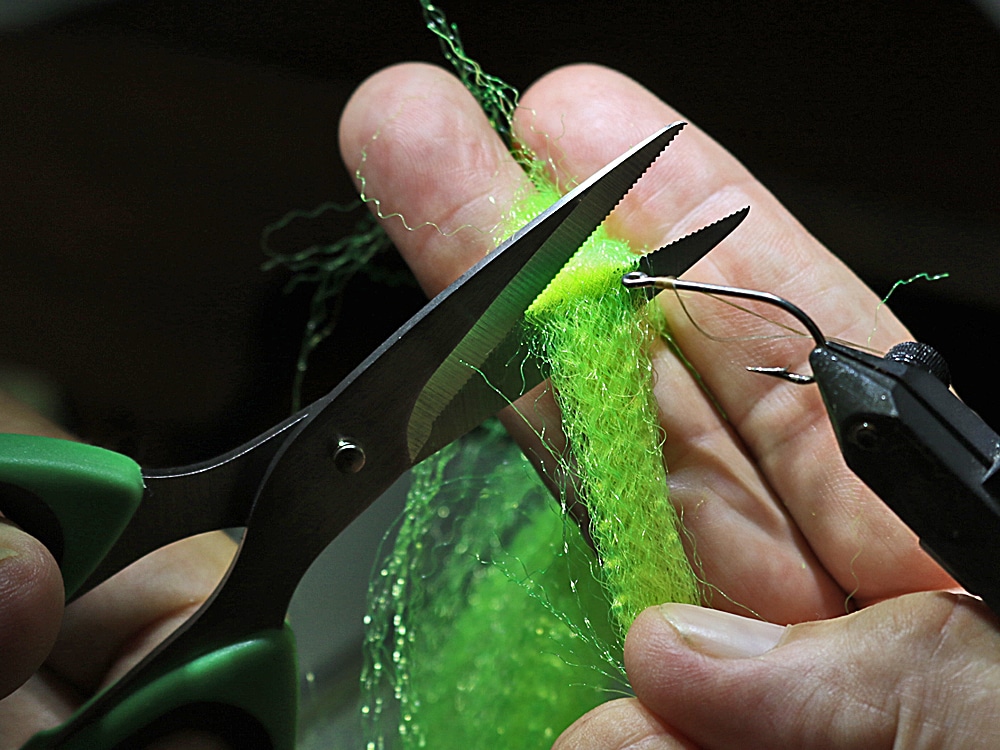
Tough Blades
After you’ve tied with some of the tough synthetic fibers discussed, you will notice they dull your scissors quickly. Fibers resistant to sharp teeth are just as resistant to your sharpest scissors. A few brands make specialty scissors just for synthetics, with thick blades that resist splaying while cutting the materials. Orvis offers its Large Loop Synthetic Scissors, with rubber linings inside the finger loops for a better grip, and stainless-steel micro serrations on both blades. My favorite, however, is Dr. Slick’s 5-inch Synthetic Materials Scissor, with wide, serrated blades and large loops for finger comfort.
A tip for cutting synthetics: when squeezing the blades together around a hunk of material, “back off” (pull the blades back a bit) at the same time. This movement ensures an even cut with less resistance.









